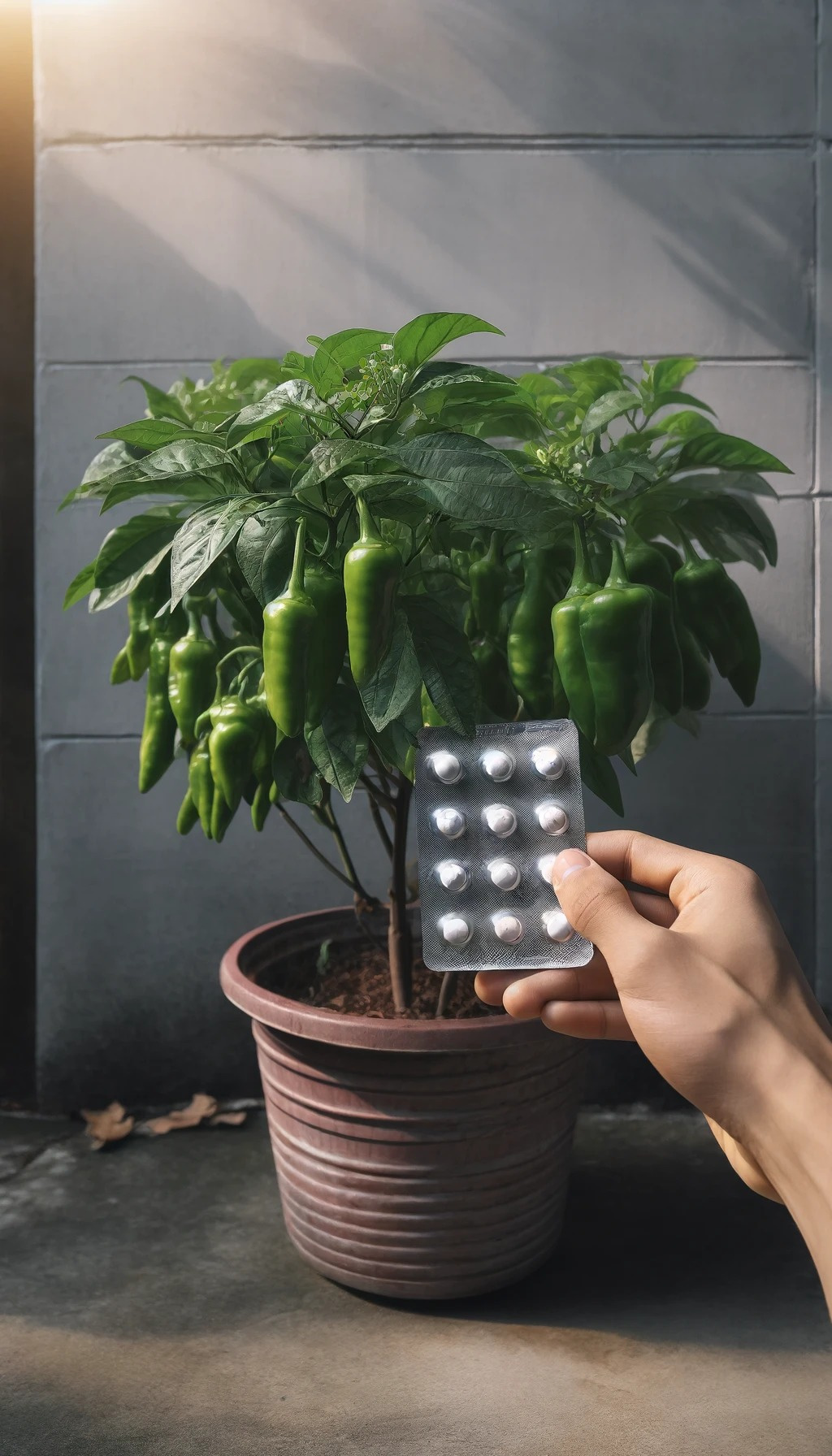
If you’re looking to boost the growth of your tomatoes, cucumbers, and peppers with minimal effort, using a fertilizer tablet can be an effective solution. These tablets are designed to provide a slow-release supply of essential nutrients, ensuring that your plants receive a consistent feed over time. Here’s how you can achieve huge, healthy produce with just one tablet:
1. Choose the Right Fertilizer Tablet
- Look for a balanced, slow-release fertilizer tablet that is specifically formulated for vegetables. These tablets typically contain a mix of essential nutrients including nitrogen (N), phosphorus (P), and potassium (K), as well as micronutrients like calcium, magnesium, and iron.
2. Follow the Instructions
- Read and follow the manufacturer’s instructions on the packaging. This will guide you on the correct placement and usage of the tablet to avoid over-fertilization and potential harm to your plants.
3. Planting or Transplanting
- When planting or transplanting your tomatoes, cucumbers, or peppers, place the fertilizer tablet in the soil according to the instructions. Typically, this involves burying the tablet a few inches away from the root zone to ensure nutrients are delivered directly to the roots.
4. Water Regularly
- Ensure your plants are watered regularly, as moisture is needed to dissolve the tablet and release the nutrients into the soil. Consistent watering will help the plants absorb the nutrients effectively.
5. Monitor Plant Growth
- Keep an eye on your plants for signs of growth and health. You should notice improvements in foliage color, size, and overall plant vigor. The slow-release nature of the tablet means your plants will continue to receive nutrients over several weeks or months.
Benefits of Using Fertilizer Tablets:
- Convenience: Easy to use, with no need for frequent fertilizing schedules.
- Consistent Nutrition: Provides a steady supply of nutrients over an extended period.
- Reduced Risk of Over-fertilization: Slow-release formulation reduces the risk of nutrient burn.
- Improved Root Health: Direct application to the root zone supports strong root development.
Additional Tips for Maximizing Yield:
- Soil Quality: Ensure the soil is well-draining and rich in organic matter. Amend the soil with compost or well-rotted manure before planting.
- Mulching: Apply mulch around the base of your plants to retain moisture, regulate soil temperature, and reduce weeds.
- Pruning: Regularly prune your plants to remove dead or diseased leaves and promote airflow, which can reduce the risk of fungal diseases.
- Pest Control: Keep an eye out for pests and take action promptly. Use organic pest control methods to protect your plants.
- Support Structures: Use cages or stakes to support the growth of tomatoes and cucumbers, which can become heavy as they produce fruit.
By combining the use of a high-quality fertilizer tablet with good gardening practices, you can enjoy a bountiful harvest of large, healthy tomatoes, cucumbers, and peppers.
